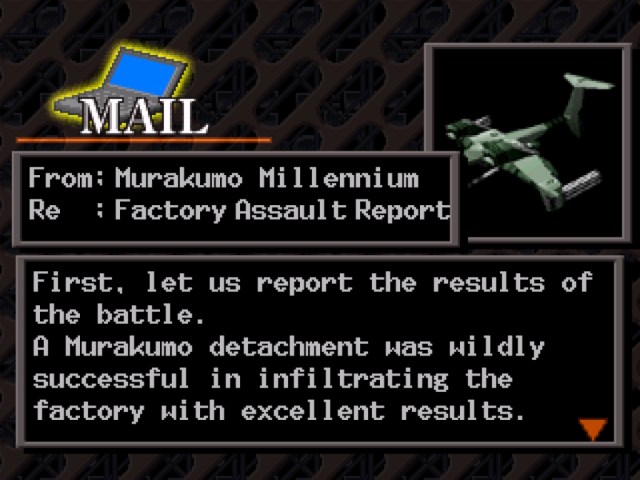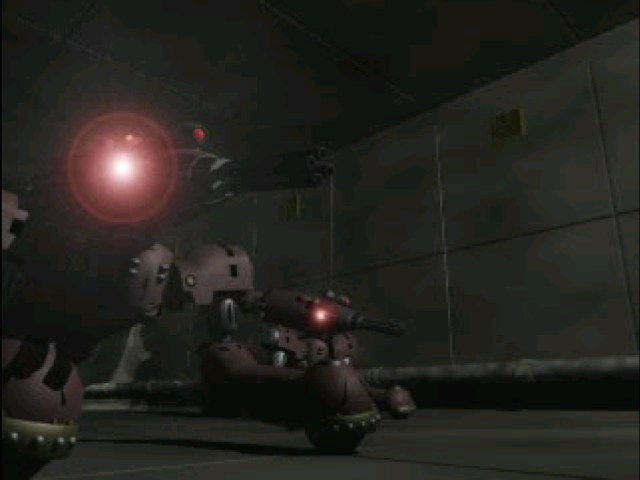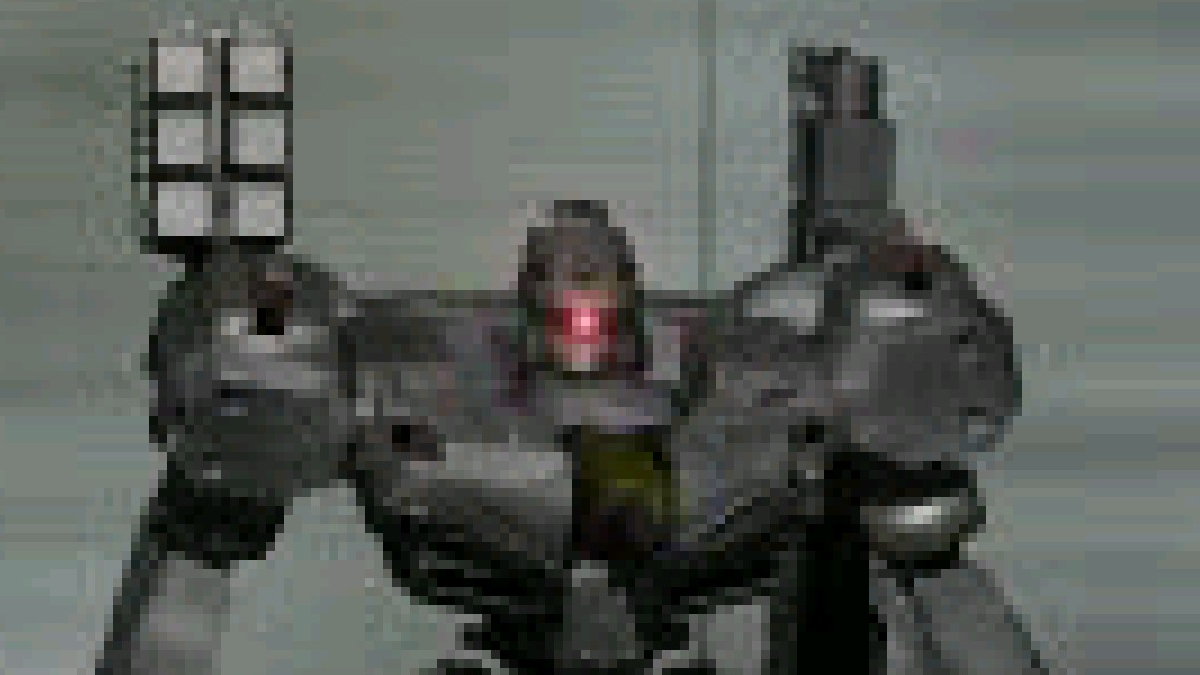Armored Core VI is by far the most popular in series history, but the series’ milestone 26-year legacy marches on for good reason. The intense mech action franchise debuted in 1997 but remained niche, with an ardent fanbase keeping the series afloat. Developer FromSoftware was quite a different place then versus today, with the ’90s studio publishing a mixed bag of gems and duds.
When Armored Core debuted on the PlayStation, it became one of those gems. As archaic as its controls feel now, they fit the bill for early 3D action games and worked effectively without analog sticks. Sequels iterated on the series’ design, releasing multiple expansion-like titles within a generation of games before a full, numbered entry would set up a new narrative arc.
This was how Armored Core functioned until 2013, when Dark Souls took center stage at FromSoftware. A decade later, a new Armored Core retaining the brutality and depth comes from seasoned developers, and its fanfare is well deserved. Fires of Rubicon is another triumph from the storied studio, though the series’ legacy shouldn’t be neglected. Sequels may have decades of improvement and innovation, but the original remains impressive today—26 years later—in its own right. I love the original Armored Core for its simplicity when compared to successors, and it warrants revisiting.

Corporations always bleed the world
Armored Core’s premise has stayed mostly the same since its debut. Corporations wage war over a barren Earth, and the player takes contracts as an independent mercenary called a Raven. Pilots like Ravens operate modular, adaptable mechs (that’s the Armored Core bit) wielding enormous power. Chrome and Murakumo Millenium are the main factions fighting over the planet’s scraps in the first game, but the names matter little. The core idea always remains the same, while names and settings change.
Its PlayStation-era grit quickly hammers in how cold everything feels. Most interactions happen over impersonal emails, and missions play out in lifeless city streets and warehouses. Faces are nonexistent, as the closest a player gets to another person is in combat between mechs. I probably killed hundreds during my time in Armored Core, and it just doesn’t register. We were all faceless and silent entities in hulking death machines.
Bland environments and mostly voiceless enemies probably make the game sound less appealing, but it’s well-focused and appropriate in context. The world is a husk, and a person’s worth derives from their value to corporations. This includes the protagonist, who easily slips down a dangerous slope.

Becoming mechs through Human PLUS
The first Armored Core is arguably the most mechanically simple of the games, but it has something unique to the franchise. Both the original and the second game heavily emphasize a debt system where frivolous spending and mistakes become costly. Players foot the bill for everything, including ammo and repairs after missions. It’s a quirk that persists in modern entries but is brutal in the first game. In victory or failure, payment is always expected, and that chews through player finances.
Players also slip into debt easily in what is one of gaming’s best depictions of sci-fi capitalism. Things become terrifying when enough debt grows out of control, and the pilots are forced into the Human PLUS program. Initially, the pitch may sound great—Human PLUS’ augments pilots to be more in sync with their Core. In-game, it simply translates to resetting the story with some sick buffs, but narratively implies side-effects to mental health.
Since boosts range from enhanced booster performance to shooting waves from laser blades, some fans try to get Human PLUS as soon as possible since Armored Core is so tough. But that’s how bleak its world is; Armored Core’s horrifying procedure is tempting because of it. Sacrificing your humanity as the price of an upgrade doesn’t sound like a bad deal in this universe.
Human PLUS is a fantastic mechanic that’s best utilized as something gained from failure. Despite all that it offers, the conditions to obtain it make it more akin to punishment, and that’s brilliant. The third generation of Armored Core games made many of the upgrades unlockables in the story, which is a great reward, but it does take something from the original implementation’s horror.

This Raven’s still strong
While Armored Core‘s narrative remains effective, it’s the gameplay that shines most. The PlayStation classic is 26 years old and from a time when 3D games were largely experimental, but FromSoftware crafted something genre-defining on its first try.
Controls are the biggest hurdle to getting over, especially with the camera locked to shoulder buttons, but mastering them is satisfying in ways few games are. The strange controls remain a meme in the Armored Core community, especially as sequels refused to update the layout. Modern controls were adopted in Nexus, but only long after the Armored Core grip was embraced with open arms.
Other than how odd the game feels at first, it impresses in ways Armored Core in 1997 would. Cores control tightly, and I never felt like they were unresponsive to my inputs. That remained through the numerous builds I tried out, with the tank treads being an exception.
Combat has a flow that clicks after some time despite initially feeling clunky. Lock-on is thankfully generous and very rarely felt frustrating. This factor and great audio feedback give the guns great feedback, and the bite-sized missions left me craving more.
The chunky PS1 visuals are charming, and the game oozes a dark industrial atmosphere. Exploring these low-res open environments helps sell this idea that what’s left of the world is built for machines. Even the cities have this cold and alien feel since they are always devoid of life outside those piloting mechs.
Discussing the moment-to-moment gameplay is probably the least interesting part of the first Armored Core because the fundamentals remain unchanged. It’s remarkable how similar juggling mech customization and linear missions feel in all the games.
FromSoftware’s blood runs deep
Armored Core rules. I say this about the entire franchise and also the first game. Being able to customize hundreds of mech builds feels personal, and masterful optimization is a reward in and of itself. Combat relies on split-second decisions that require players to be alert to win. Failure can feel excruciating, but victory is even more satisfying—a statement that applies to so many FromSoftware games. The series even has the Moonlight Greatsword, solidifying it as a true FromSoftware great.
The most impressive thing about the original Armored Core is that it feels like a modern FromSoftware game in many ways. Combat is as brutal as customization is deep, and players feel like a grunt whose life means little. The story requires piecing together disparate pieces and discovering a thoughtful narrative about how corporate control reduces lives into assets.
A difficulty curve exists, not only for the type of game it is but also for its age. Armored Core grip exists for a reason, and it’s not because the game is forgiving. Few games have induced the amount of anxiety I had for finances as Armored Core did, and I love it. It’s an immersive experience, lasting only a few hours, so it’s for FromSoftware fans and fans of retro action games.








